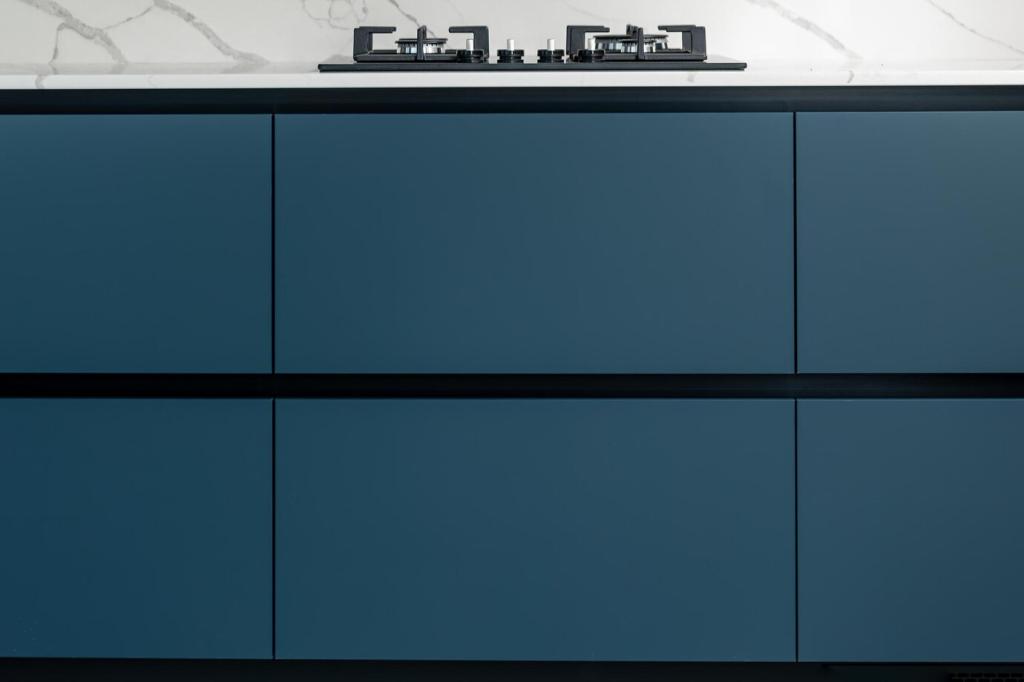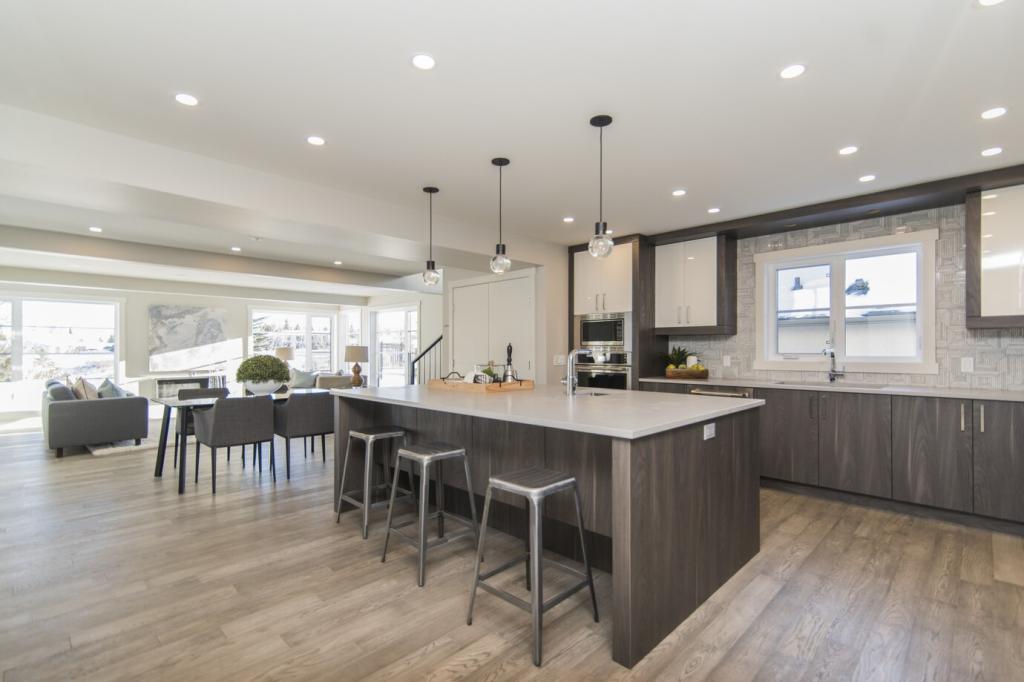Chosen theme: Maintaining Character While Modernizing Historic Homes. Step into a welcoming space where modern comfort meets storied craftsmanship, and where every upgrade protects the soul that first drew you in. Subscribe, comment, and share your own restoration journeys.
Reading the House: Knowing What to Protect Before You Improve
Defining Character-Defining Features
Walk room by room and list elements that make your home unique: wavy glass, hand-turned newel posts, plaster crown, original mantels, and hardware. Photograph, measure, and prioritize them so every modernization decision keeps character intact and visible.
A Front-Parlor Anecdote
A reader saved a dented tin ceiling by gently cleaning and sealing it, then hid new ductwork above a closet. Guests still marvel at the shimmer, never guessing the room now enjoys whisper-quiet, efficient cooling all summer long.
Research That Guides Modern Decisions
Visit archives, talk to neighbors, and seek out old permits to uncover how spaces changed. This history informs respectful upgrades, ensuring modern insertions align with earlier patterns rather than erasing them. Share your findings with our community to inspire thoughtful choices.
Quietly Upgrading Systems: Comfort and Safety That Don’t Shout
Consider high-velocity mini-ducts, radiant floors, or slim ductless heads placed in shadowed corners. Thread lines through closets and chases, not through crown or casings. Readers report dramatic comfort gains without visual noise, proving character and climate control can truly coexist.

Material Palette Continuity
Repeat species and finishes found elsewhere: heart pine floors, soapstone counters, unlacquered brass, or beadboard panels. Pair with modern appliances tucked behind paneled fronts. The eye reads cohesion, so the room feels updated but authentically rooted in historic character.
Layouts That Respect the Bones
Preserve door alignments, window heights, and sightlines. Add storage where it hides—under windows, between studs, inside benches—so circulation stays gracious. Readers love islands sized to the room’s scale, not trends, letting character guide form without sacrificing functionality or daily convenience.
Windows, Doors, and the Honest Light
Old-growth wood windows often outlast modern replacements if maintained. Reglaze, re-rope, and weatherstrip; add discreet brush seals. Readers report better comfort, quieter streets, and that unmistakable wavy-glass shimmer that makes historic rooms glow in changing daylight.
Windows, Doors, and the Honest Light
Interior or exterior storm panels dramatically improve efficiency while keeping character visible. Pair with reversible weatherstripping to reduce drafts. You’ll notice immediate comfort gains, lower bills, and preserved casings, while visitors still admire your original profiles and joinery details.

Use freestanding millwork, glass screens, or lightly anchored partitions to define zones without major demolition. When needs change, remove them and the house reads as before. Share your sketches; our subscribers often crowdsource graceful, character-friendly layouts that truly work.

Finishes, Colors, and Honest Craft
Paint Archaeology
Scrape test areas to read original colors, then create updated palettes that echo those tones. A softer, modern green can still honor the parlor’s Victorian roots. Share swatches in the comments so others can learn from your discoveries and experiments.
Traditional Finishes, Modern Health
Consider limewash, milk paint, and low-VOC oils that allow old wood and plaster to breathe. These finishes patinate gracefully, enhancing character while being kinder to indoor air quality. Readers appreciate the silky sheen and the way textures deepen in evening light.
Flooring: Patina, Not Plastic
Refinish rather than replace. Patch with reclaimed boards, feathering transitions to blend old and new. A penetrating oil finish highlights grain, hides scuffs, and feels warm underfoot. Tell us which floor imperfections you cherish; they often become beloved conversation starters.
Longevity and Sustainability: Stewardship as Modern Design

Repair vs. Replacement, Carbon and Culture
Keeping existing materials preserves embodied carbon and irreplaceable craft. When something fails, fix first. If replacement is necessary, choose reversible strategies. Readers find this mindset protects budgets, heritage, and the subtle textures that make historic interiors feel deeply humane.

Salvage and Sourcing with Story
Hunt architectural salvage for period-appropriate knobs, hinges, and grates. Document provenance and share it with future owners. These stories become part of the home’s evolving narrative, letting modernization add chapters instead of closing the book on character.

Maintenance Plans That Keep Character Alive
Create seasonal checklists for gutters, paint, glazing, and masonry. Small, regular care prevents crisis remodels that endanger character. Subscribe for printable schedules, and tell us which tasks you swear by to keep your historic home comfortable, resilient, and authentically itself.
